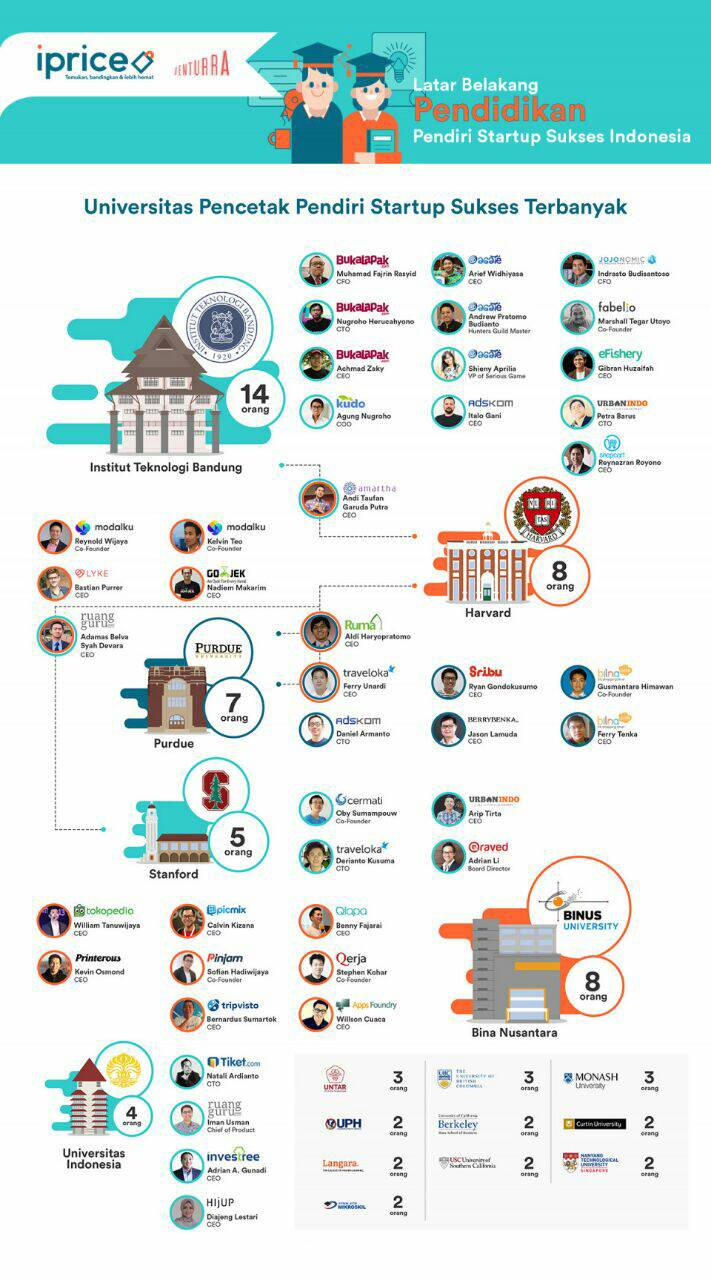Robot Challenges and Opportunities in Automation Systems and M-IoT in Indonesia
By Adi Permana
Editor Adi Permana

BANDUNG, itb.ac.id—Robot and automation systems are created to facilitate various human's work. In fact, one user can operate many technologies at the same time. As a result, there is a fear that one day, robots will completely replace humans.
Dr. Kusprasapta Mutijarsa, S.T., M.T., lecturer of Institut Teknologi Bandung (ITB) School of Electrical Engineering and Informatics (SEEI), responded to this through his presentation of the challenges and opportunities of coexistence with robots and autonomous system in Public Lecture “Robotic and Autonomous System: Facts, Issues, and Challenges” recently.
The STEI ITB lecturer, who is familiarly called Soni, started the discussion by asking about the presence of new systems and technologies. According to him, the presence of technology and autonomous robots inevitably raises new concerns when changes are difficult to prevent. On the other hand, humans are afraid to move outside their comfort zone because it is a terrible thing.
Soni explained that the fear of robot existence has been here for a long time. There are at least five points of fear and concern over the presence of robots, namely shifting jobs, personal freedom, algorithm bias, system failure, safety, security, regulations that are still weak, and intelligence that is almost on par with humans.
Eventually, it is this fear that raises the question of the need for robots. Briefly, Soni answered that the existence of robots is like two sides of a coin. “It’s just how we develop robots for mutual benefit, such as facilitating difficult work, humanizing humans, and fulfilling other needs,” he said.
Peeking the M-IoT Development in Indonesia
Meanwhile, at another webinar, Dr. Yoanes Bandung, S.T., M.T. from the Institut Teknologi Bandung (ITB) Information Technology Research Group, explained the opportunities and challenges of developing M-IoT in Indonesia.
According to Dr. Yoanes, IoT refers to the term of internet-based infrastructure that connects intelligent objects or objects with processing intelligence. This is the reason why humans equipped with technological devices can communicate with objects. As well as objects can communicate with other objects. Multimedia is a term that refers to a combination of several media, both discrete media such as text and images and continuous media such as video and audio. "The presence of multimedia has pushed the development of IoT towards M-IoT," he said.
Dr. Yoanes gave examples of the application of multimedia in several fields. First, there are smart homes that use multimedia in the home monitoring system, automatic movie viewing, text-based voice alarms, and music that follows the direction of the occupants of the house. Next, in smart health services, multimedia is applied in home patient monitoring systems, remote disease diagnosis, and robotic-assisted surgical procedures. In the field of smart greenhouses, multimedia is used to monitor the temperature in the house, the potential for disease to appear in plants, as well as the irrigation system in the house automatically.
However, the use of M-IoT causes an increase in multimedia data traffic in the IoT system. As a result, M-IoT has many challenges, one of which is the need for large network capacity and memory space.
"However, these challenges encourage the development of M-IoT research so that it can move in a better direction," explained Yoanes. "The research is carried out by developing analysis, processing, and resource use, whether by forming a cloud computing-based multiagent architecture, artificial intelligence (AI)-based SDN, or big data.
Reporter: Zahra Annisa Fitri (Perencanaan Wilayah dan Kota, 2019)
Translator: Aghisna Syifa Rahmani (Biologi, 2020)

.jpg)
.jpg)
.jpg)
.jpg)
.png)


